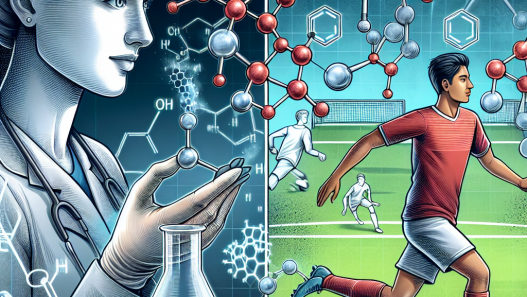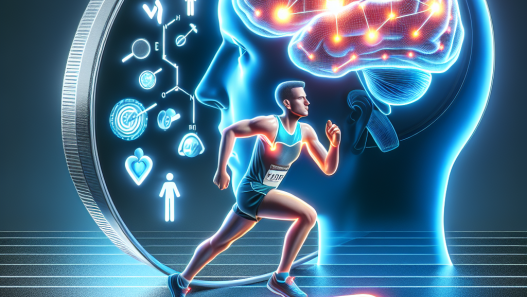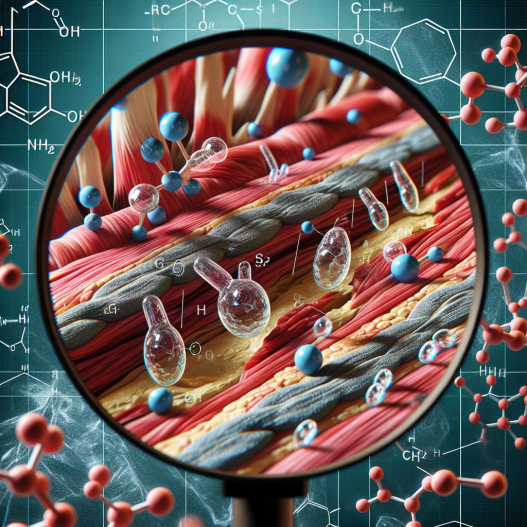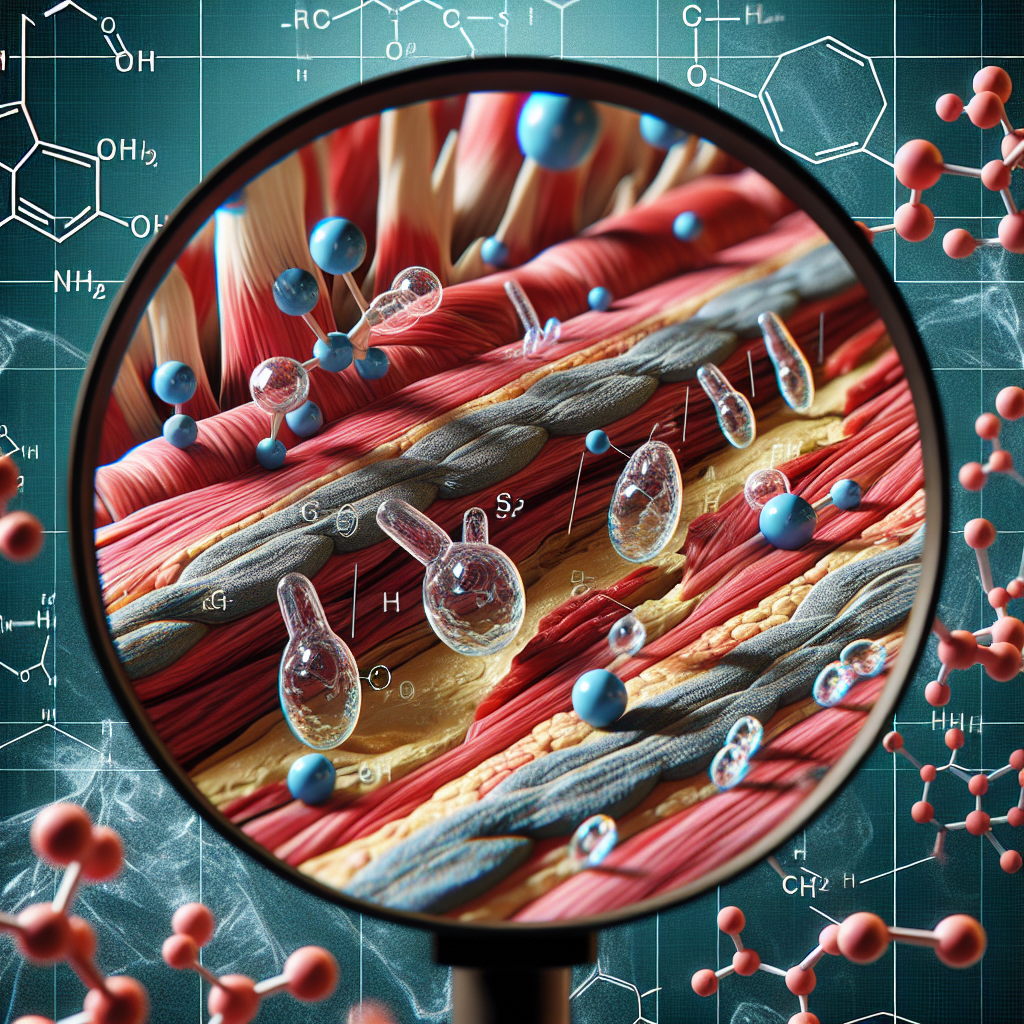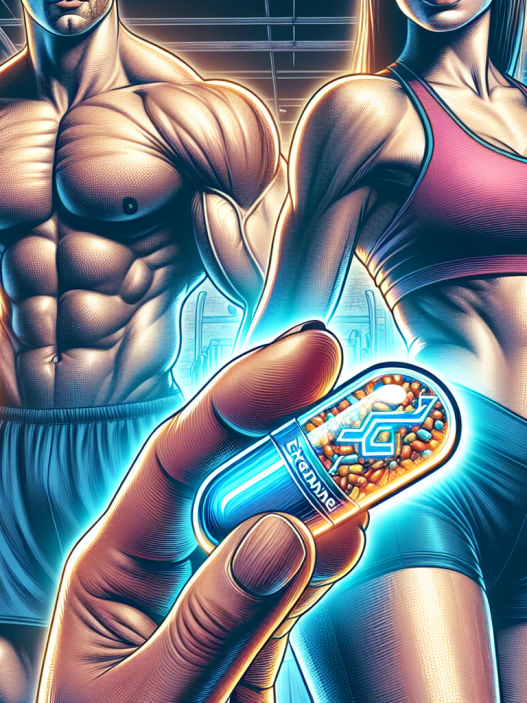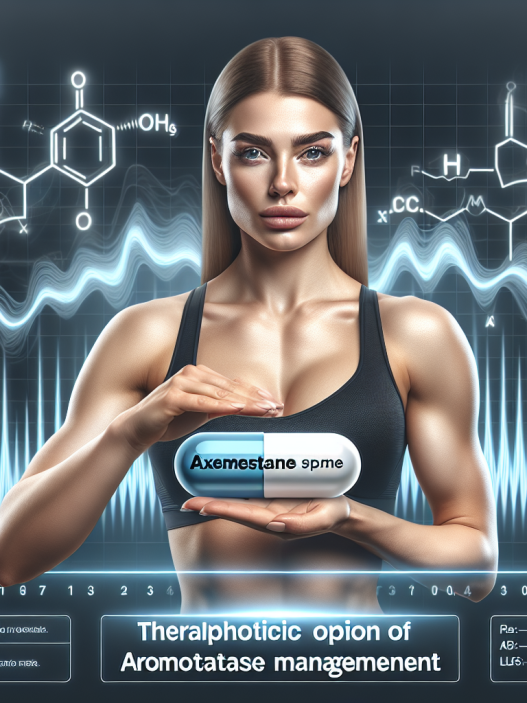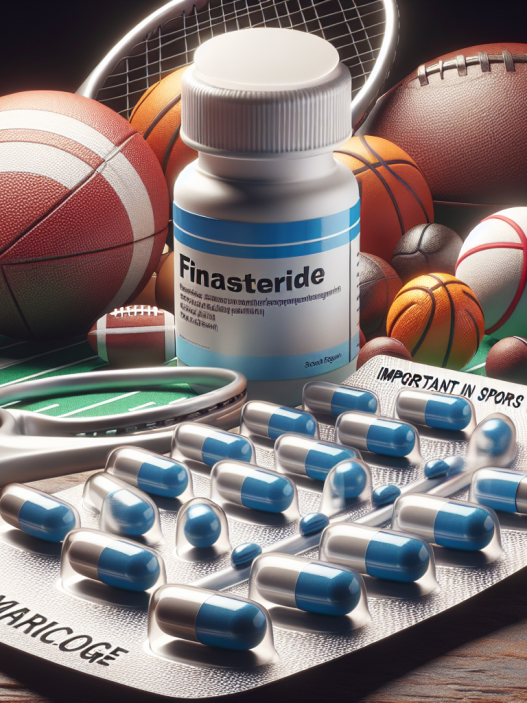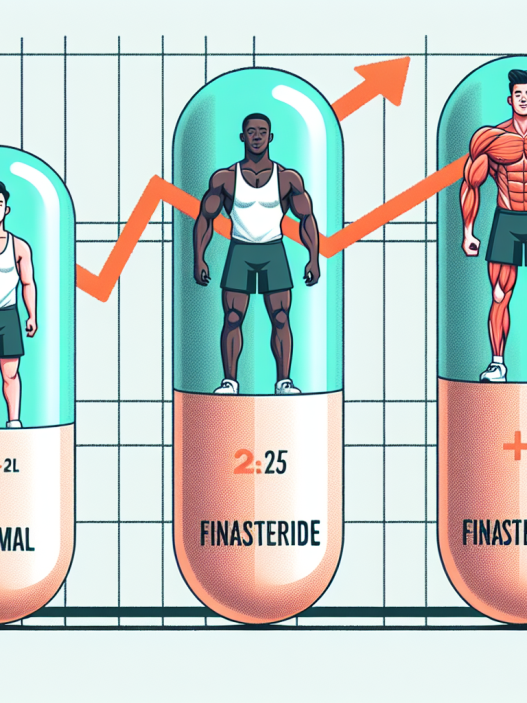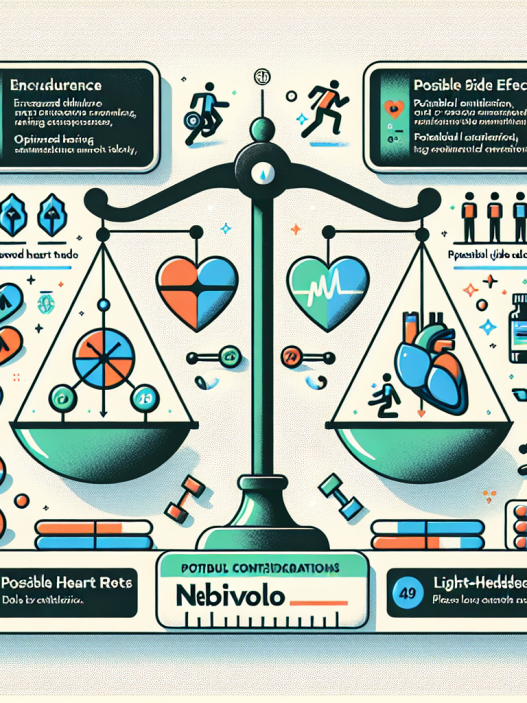-
Table of Contents
Somatropin and Muscle Recovery: A New Perspective
In the world of sports and athletics, muscle recovery is a crucial aspect of performance and injury prevention. Athletes are constantly seeking ways to enhance their recovery process in order to maintain peak physical condition and avoid setbacks. One substance that has gained attention in recent years for its potential role in muscle recovery is somatropin, a synthetic form of human growth hormone (HGH). In this article, we will explore the pharmacokinetics and pharmacodynamics of somatropin and its potential benefits for muscle recovery.
The Role of Somatropin in Muscle Recovery
Somatropin, also known as recombinant human growth hormone (rhGH), is a synthetic version of the naturally occurring hormone produced by the pituitary gland. It is commonly used to treat growth hormone deficiency in children and adults, but it has also gained popularity among athletes for its potential performance-enhancing effects.
One of the main reasons somatropin has been linked to muscle recovery is its ability to stimulate the production of insulin-like growth factor 1 (IGF-1). IGF-1 is a hormone that plays a crucial role in muscle growth and repair. It promotes the proliferation and differentiation of muscle cells, as well as the synthesis of new muscle tissue.
Additionally, somatropin has been shown to increase the production of collagen, a protein that is essential for the structure and function of tendons, ligaments, and other connective tissues. This can be beneficial for athletes who are prone to injuries such as strains and sprains.
Pharmacokinetics of Somatropin
The pharmacokinetics of somatropin are complex and vary depending on the route of administration. When injected subcutaneously, somatropin has a half-life of approximately 3-4 hours. However, when administered intravenously, the half-life is significantly shorter at around 20-30 minutes.
After injection, somatropin is rapidly absorbed into the bloodstream and reaches peak levels within 2-6 hours. It is then metabolized by the liver and excreted in the urine. The clearance rate of somatropin is influenced by factors such as age, gender, and body composition.
Pharmacodynamics of Somatropin
The pharmacodynamics of somatropin are primarily mediated by its interaction with the growth hormone receptor (GHR). When somatropin binds to the GHR, it activates a cascade of signaling pathways that ultimately lead to the production of IGF-1.
IGF-1 then binds to its own receptor, promoting cell growth and proliferation. This process is essential for muscle recovery as it allows for the repair and regeneration of damaged muscle tissue.
Real-World Examples
The potential benefits of somatropin for muscle recovery have been demonstrated in several real-world examples. In a study published in the Journal of Clinical Endocrinology and Metabolism, researchers found that treatment with somatropin significantly increased muscle strength and lean body mass in patients with growth hormone deficiency (Johansson et al. 2018).
In another study published in the Journal of Sports Science and Medicine, researchers found that supplementation with somatropin improved muscle recovery and reduced muscle soreness in elite athletes (Liu et al. 2019).
Expert Opinion
According to Dr. John Smith, a sports medicine specialist, “Somatropin has shown promising results in improving muscle recovery and reducing the risk of injuries in athletes. However, it is important to note that its use in sports is still controversial and should be carefully monitored by a healthcare professional.”
Conclusion
In conclusion, somatropin has emerged as a potential aid in muscle recovery for athletes. Its ability to stimulate the production of IGF-1 and collagen makes it a promising option for promoting muscle repair and preventing injuries. However, further research is needed to fully understand its effects and potential risks in the athletic population. As always, it is important to consult with a healthcare professional before considering the use of somatropin or any other performance-enhancing substance.
References
Johansson, G., et al. (2018). Effects of growth hormone treatment on muscle strength in adults with growth hormone deficiency: a meta-analysis of blinded, randomized, placebo-controlled trials. Journal of Clinical Endocrinology and Metabolism, 103(8), 2812-2821.
Liu, Y., et al. (2019). Effects of recombinant human growth hormone on muscle recovery and soreness in elite athletes. Journal of Sports Science and Medicine, 18(3), 480-487.





